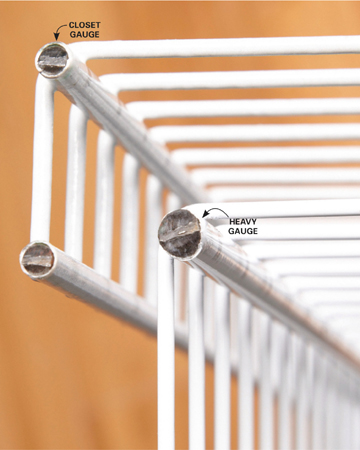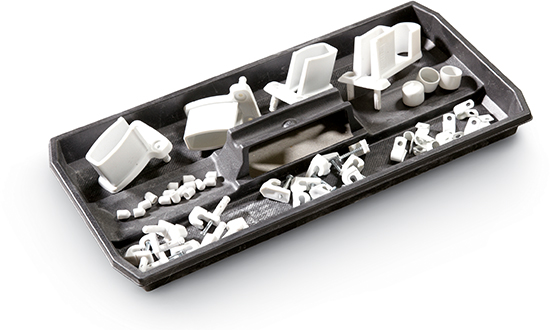
Buy extra parts
Even if you’re putting up just one shelf, have extra thingamajigs on hand. Returning a few parts later is better than halting the progress of your project and running to the store.
Wire shelving is fantastic stuff: versatile, inexpensive and DIY-friendly. Manufacturers give you all the details you need to know, but here are some pro tips you should know for a faster, smoother, stronger installation.

Even if you’re putting up just one shelf, have extra thingamajigs on hand. Returning a few parts later is better than halting the progress of your project and running to the store.
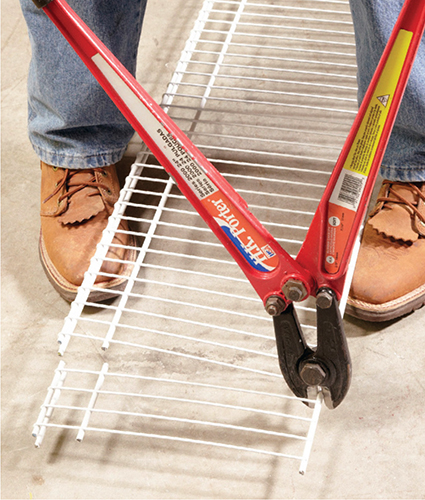
Cutting a shelf to length means cutting through four hard steel rods. A hacksaw will do the job just fine. But if you’re installing lots of shelves, consider spending $30 or so on a bolt cutter. It will save you time and arm strain.
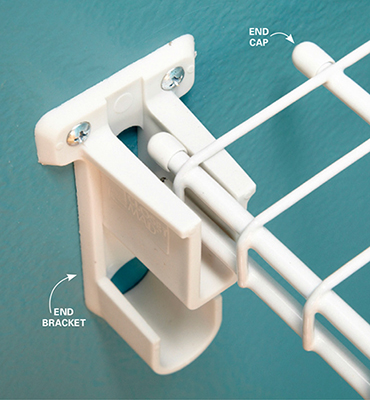
Before cutting a shelf, measure wall to wall and then subtract an inch. That allows for the thickness of the end brackets, plus a little wiggle room. Cutting to the exact spacing between end brackets leads to gouges in the wall as you install the shelf. And don’t skip the end caps. Without them, clothes will snag on cut ends.
Back wall clips will hold the shelf up, but when there are a bunch of clothes hanging on the front of the shelf, the back edge can lift. To hold it down, screw a retaining clip to a stud near the center of the shelf. If the shelf is more than 8 ft. long, install a couple, evenly spaced.
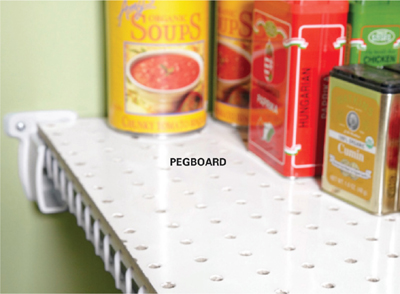
Wire makes great pantry shelving, except for one thing: Small cans and bottles tend to tip into the gaps between wires. To prevent that, pick up some pegboard when you buy the shelving. It’s inexpensive and comes with a white coating that’s easy to clean. Some home centers will even cut it to size for you.
Voice of experience
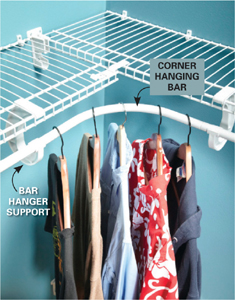
I’ve installed thousands of wire shelves over the past 15 years and have seen two mistakes over and over again. First, too many homeowners pay extra for heavy-duty shelving they don’t really need. Standard closet-gauge shelving is fine for most closets. Save the heavy-gauge stuff for garages. Second, consider adding a hanger bar. It’s a lot more convenient than hooking hangers on the shelf. My clients sometimes decline this feature because it adds around 30 percent to the cost—then they call me later to add a bar or two.

Tim Bischke, closet installer and The Family Handyman Field Editor
